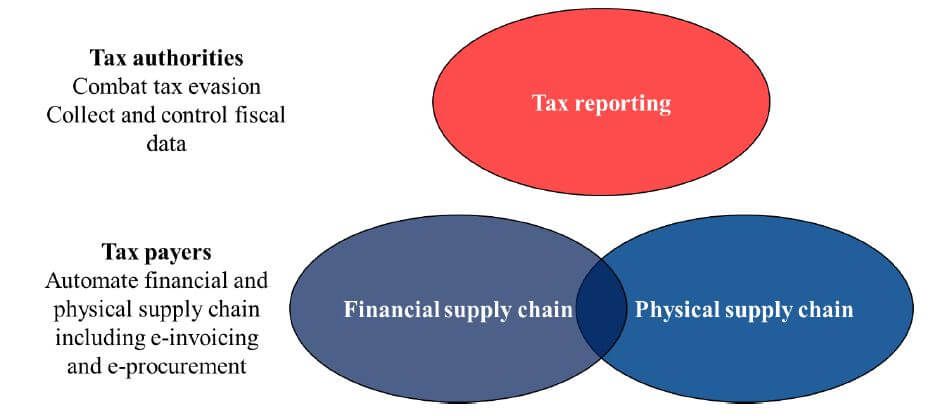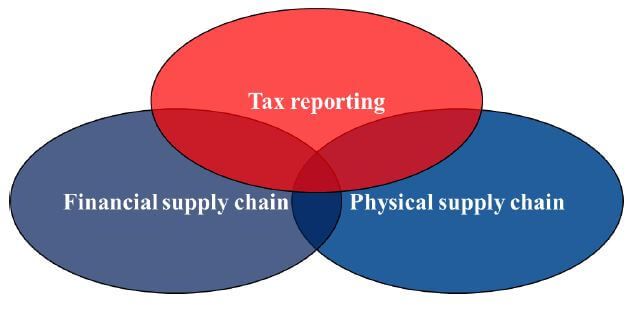Clearance-model e-invoicing will sweep the globe because it works – at least for tax administrations. With the VAT gap opening to more than half a trillion dollars worldwide, governments around the world are likely to follow the Latin American model of tax authorities inserting themselves into transactions.
A new report from Bruno Koch at industry observer Billentis explains why the e-invoicing clearance model is set to overtake the less invasive reporting model as countries move from paper-based invoicing to mandating electronic invoicing. Fundamentally, the clearance model, in which the tax authority must approve an invoice before a seller and buyer complete a transaction, is simply more effective in reducing the VAT gap than the reporting model, which relies on a post-audit method, or audits after transactions happen.
Clearance e-invoicing works
The report cites the success of modern e-invoicing mandates, which include clearance models:
- Brazil has seen a $58 billion increase in tax revenue as a result of plugging gaps in invoicing and reporting.
- Chile and Mexico reduced the VAT gap up to 50 percent.
- Colombia found that it could reduce 50 percent of the country’s tax evasion by applying these forms of models.
Within the next six years, Koch predicts, the clearance model will dominate global e-invoicing, with the market for e-invoicing and business enablement for this technology-driven tax enforcement model growing from nearly $4.8 billion in 2019 to $20 billion by 2025. The trick is that the growth will be sporadic country-by-country, with no uniform timelines nor standards for mandates around the world.
“Unfortunately, most clearance models grow from the bottom-up over several years,” Koch writes. “Moreover, the main aim is only to combat tax evasion. Most business processes are affected by this development. The final scenario is not communicated by the tax authorities, as they seem not to have a clear vision or five-year strategy. In practice, one business document after the other is gradually being digitized with data exchange via clearance models.”
Compliance as part of the supply chain system
In order to maintain compliance with developing mandates, he says, multinationals will have to include e-invoicing in their supply chains. That’s not just good advice; it’s a legal requirement. A lot of companies have managed to merge their financial systems with physical supply chain controls already, but tax compliance often remains in a functional silo.
“The overlap between the three topics is steadily increasing,” Koch writes. “Due to their evolution over time, processes and messages among both trading parties and tax authorities are still executed in parallel. Harmonized digitalization is only possible if suppliers, buyers and tax authorities collaborate to design and implement an appropriate model.”
Third-party systems for e-invoicing compliance
The best way to incorporate e-invoicing into the supply chain is by using a third-party service, Koch suggests. He calls the invoice “the queen of documents,” as it is, in most countries, the most important document for proving compliance and recuperating VAT payments. VAT compliance is “essential,” he says, which means incorporating e-invoice clearance into the supply chain is a requirement–and one that companies must be prepared to take on country-by-country with changes that come with short time periods for response.
Only a third party can keep up with changes in country mandates and incorporate them into merged supply chain systems. Trying to handle compliance one country at a time with separate operations and separate teams is excessively difficult and resource-consuming. It’s also risky, opening a company up to potentially expensive audits as well as to dented cash flow from cancelled or interrupted transactions and damaged relationships with suppliers and customers.
Business advantages of properly adopting the clearance e-invoicing model
And, in fact, while the clearance model might seem cumbersome at first, companies that respond to it with the right strategy and systems can actually save money. The Billentis report concludes that “e-invoices that are issued using clearance models reduce tax compliance costs by 37-39 percent for corporate businesses, and 8-56 percent for private businesses compared to paper invoices.”
The report cites other advantages of clearance e-invoicing:
- “Compared to the post audit systems, it ensures in real-time that fiscal documents are tax compliant. This significantly reduces the risk of fines, which could be imposed several years after the business transaction has taken place.
- “Automation of tax relevant processes often replaces manual and periodic reporting forms; VAT declaration & deduction are no longer required, and collection and refund can be done automatically.
- “Scan and capture are eliminated, or reduced substantially.”
Clearance e-invoicing, already the norm in Latin America, is coming to the rest of the world. Companies that prepare for it property by implementing the right system and merging compliance into the supply chain can not only stay out of trouble, they can actually realize benefits they don’t have now.
Take Action
Find out how Sovos has been keeping companies on top of clearance e-invoicing for more than a decade.


